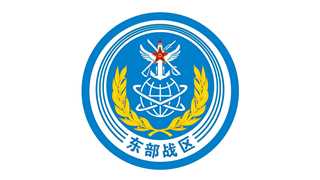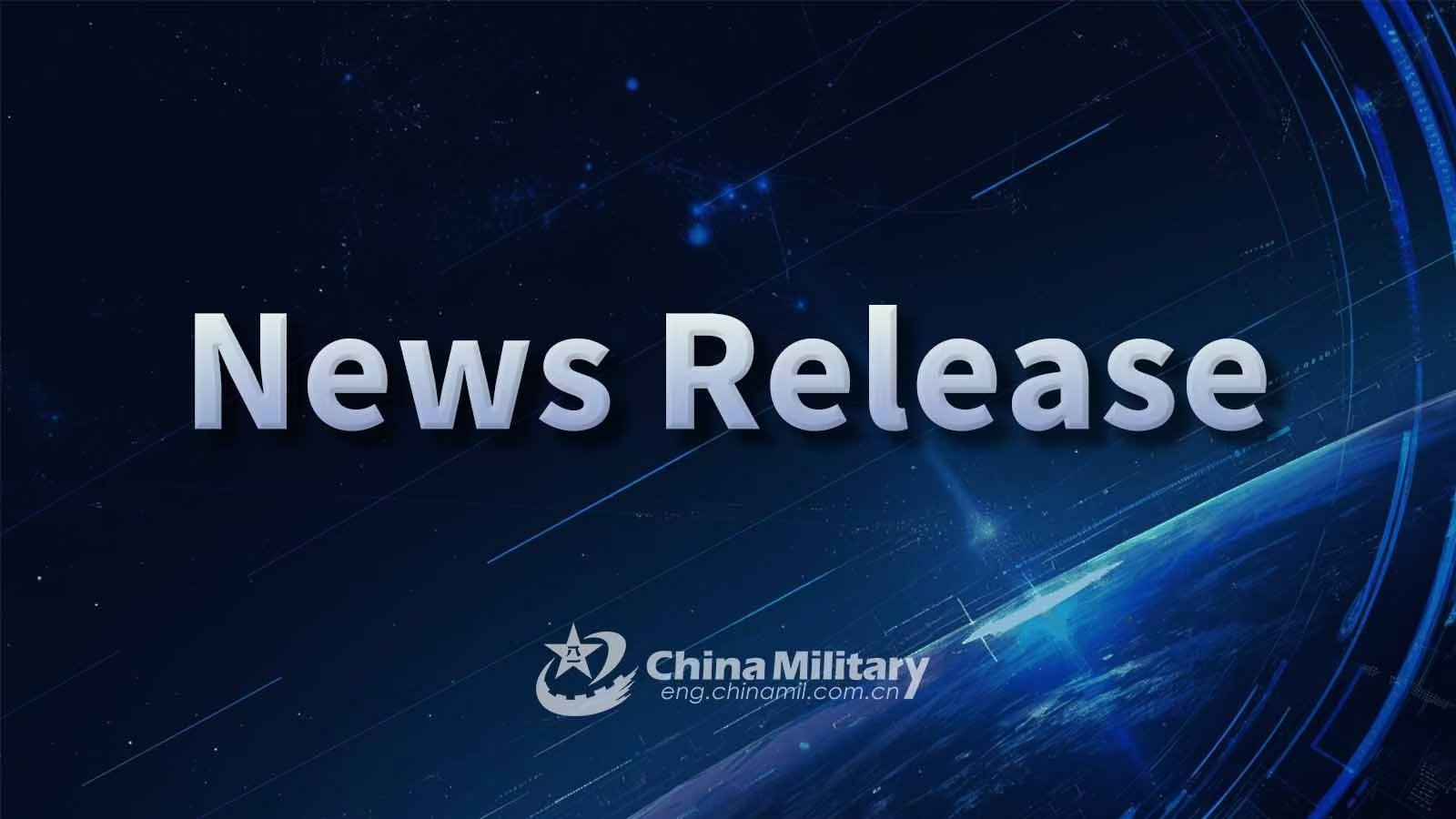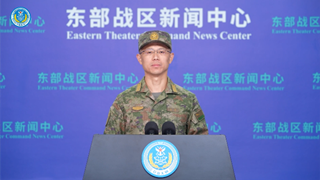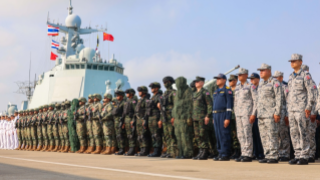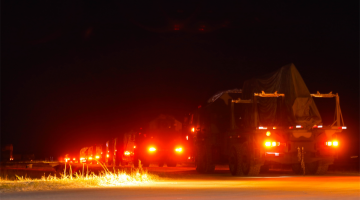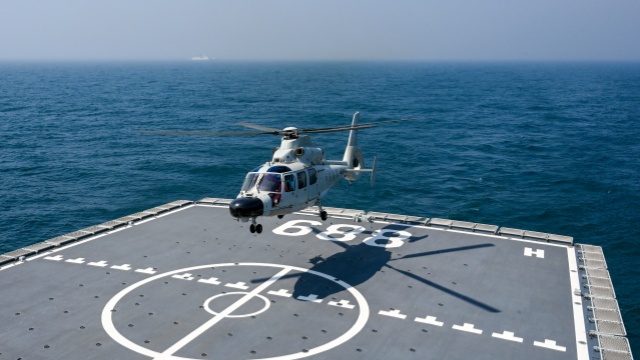By Yang Danzhi
The US Secretary of Defense Pete Hegseth paid a two-day visit to the Philippines on March 28 and 29. During his visit, he met with Philippine President Ferdinand Marcos, Jr. and Defense Secretary Gilberto Teodoro, Jr. Given that it is rare for the US Defense Secretary to make the Philippines the first stop on an Asia-Pacific tour, the visit has drawn widespread attention from the international community.
The visit of Pete Hegseth has two main purposes.
The first is to strengthen the confidence of the Philippines in the US-Philippines alliance. In the early years of the Cold War in the 1950s, the US sought to counterbalance and contain China and the Soviet Union in East Asia by utilizing the strategic geography of certain island groups in the Northwestern Pacific to block the maritime access of East Asia. Among them, the First Island Chain stretches from the Japanese Archipelago and the Ryukyu Islands in the north, connecting Taiwan Island in the middle, and extending south to the Philippines and the Greater Sunda Islands. Undoubtedly, the Philippines is a crucial part of this island chain.
During the Biden administration, the US intervened in the South China Sea disputes through the maritime dispute between China and the Philippines and the Philippines became a key partner in the US strategy to contain and counterbalance China. In recent years, the Philippines has reopened several military bases to US, the US-made Typhon land-based Mid-Range Capability missile system has been substantially deployed in the Philippines, and bilateral military exercises of the US and the Philippines and multilateral military exercises involving the US, Philippines, Japan, and Australia have become increasingly frequent. As a result, the level of US-Philippines security cooperation has rapidly advanced. Compared to the Biden administration, the Trump administration placed less emphasis on alliances and partnerships. Will the Trump administration also make significant adjustments to its policy towards the Philippines? This is a matter of great concern and worry for President Ferdinand Marcos, Jr.
US Secretary of Defense Pete Hegseth made his inaugural visit to the Philippines as part of his first trip to the Indo-Pacific region, which reflects the attitude of the Trump administration to pacify the Philippines. During his visit, Hegseth emphasized the "ironclad" US-Philippines alliance, attempting to convey to the Philippines that US policy towards the country will not undergo fundamental changes despite changes in government.
The second is to further strengthen and upgrade security cooperation with the Philippines. During the visit of Pete Hegseth to the Philippines, the two defense ministers issued a joint statement outlining several specific measures to enhance their security cooperation in the future. These measures show that the Trump administration will not make significant changes to the US policy towards the Philippines under the Biden administration. US-Philippines security cooperation will continue to expand in both depth and scope.
On the same day that Pete Hegseth arrived in Manila, the US, Japanese, and Philippine warships conducted joint military exercises in waters near Huangyan Dao. From April 21 to May 9, the US and the Philippines will conduct an unprecedented scale of Balikatan joint military exercises with six other countries, including Australia, Canada, and France, involving up to 16,000 personnel.
These actions by the US have sent the wrong signals to the Philippines and would potentially embolden the country to take more reckless actions in the South China Sea. This could escalate tensions in the South China Sea and further complicate the situation.
(The author is a PhD in the National Institute of International Strategy, the Chinese Academy of Social Sciences, and a senior research fellow at the Department of National Security Studies of Renmin University of China.)
Editor's Note: Originally published on china.com.cn, this article is translated from Chinese into English and edited by the China Military Online. The information and opinions in this article do not necessarily reflect the views of eng.chinamil.com.cn.






